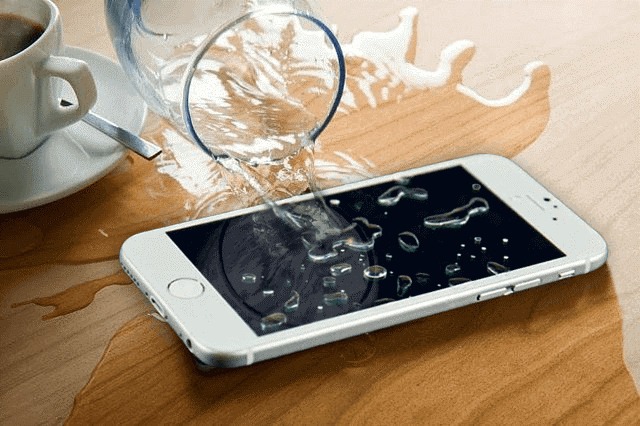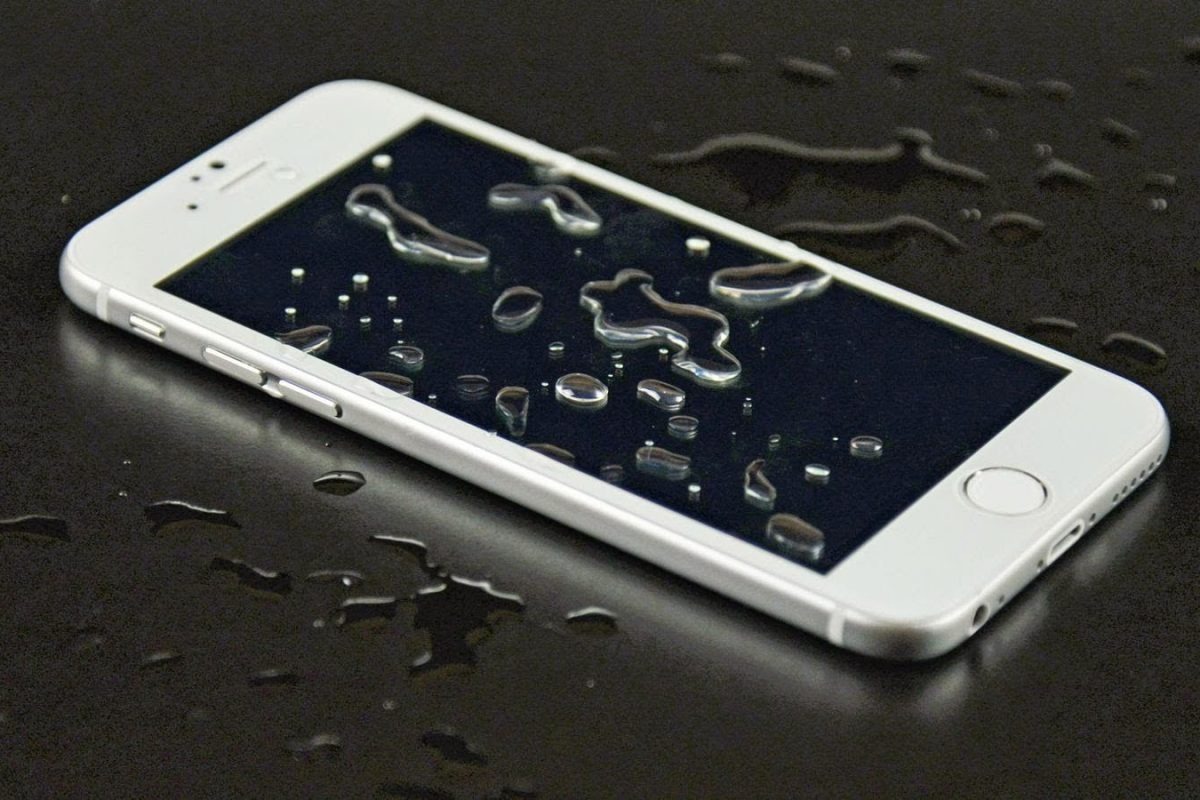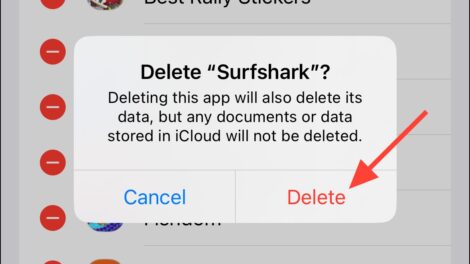Well, there’s no sugarcoating it – accidentally dropping your iPhone in water can be a real heart-stopper. From an unplanned dive in the pool, an unfortunate slip into the sink, or a fateful encounter with a spilled drink, your phone’s unfortunate interaction with H2O can leave you feeling high and dry. But before you throw in the towel, there’s hope yet. We present to you an extensive guide on solutions for iPhone water damage that can be your lifesaver in these turbulent times.
Understanding iPhone Water Damage
Let’s kick things off with a bang by understanding what water damage really means for your iPhone. After all, knowledge is power, right?
How Does Water Damage an iPhone?
You might be wondering: “Why does water wreak havoc on iPhones? Aren’t they built tough?” Unfortunately, despite their premium design and robust construction, iPhones and water remain an unhappy marriage. The components inside your phone are sensitive to moisture and can short circuit when they come into contact with water, causing the device to malfunction.
The Impact of Water Damage
In severe cases, water can severely impact an iPhone’s functionality. It can cause problems with the screen, camera, speakers, and worst of all, the motherboard. The extent of damage depends on how long the phone was submerged and how quickly you took action.
Recognizing Water Damage
Now that we’ve gotten a handle on what water does to your phone, let’s move on to recognizing when your phone is, indeed, water damaged.
1. Symptoms of Water Damage
Water damage can be sneakier than a cat on a hot tin roof. Some symptoms can be blatantly obvious, such as a non-responsive screen or distortion in sound quality. On the other hand, other symptoms might only become apparent over time. This could include erratic behavior, like apps crashing randomly or unexplained battery drain.
2. Check the Liquid Contact Indicator
Ever noticed that little spot inside your SIM card tray? That’s Apple’s own water-damage snitch. It’s usually white or silver, but if it’s turned red or pink, that’s a tell-tale sign of water damage.
First Response to iPhone Water Damage
The moments following the accident are crucial. Here’s your first-response protocol when your iPhone takes the plunge.
Immediate Actions
Just as you wouldn’t let a hot potato sit in your hand, don’t waste time when your iPhone meets water. Turn it off, dry it off, and don’t charge it. Shaking it or using a hairdryer? No sir, those are big no-nos.
See also: How enable and Use Dark Mode on Iphone
Preventing Future Water Damage
Let’s face it, prevention is always better than a cure, especially when it comes to iPhone water damage. By taking some simple preventative measures, you can save yourself from a lot of trouble (and heartache) in the future. Here’s how.
1. Invest in a Water-Resistant or Waterproof Case
This can’t be overstated. Having a water-resistant or waterproof case for your iPhone is akin to having insurance. Sure, you might not need it often, but when you do, you’ll be glad it’s there. There are countless options on the market, offering different degrees of protection. Some even allow you to use your iPhone underwater – perfect for those poolside summer selfies!
2. Avoid Risky Situations
Let’s be honest, some accidents are just waiting to happen. Using your iPhone in the bath? Balancing it precariously on the edge of a sink? These are risky situations that can easily lead to water damage. While we all love our devices and want to use them everywhere, sometimes it’s best to play it safe and keep them away from water.
3. Use a Ziploc Bag for Emergency Protection
While this might sound a little homespun, it’s a handy hack. If you find yourself in a situation where water exposure is likely (like at the beach or on a boat), putting your iPhone in a Ziploc bag can provide an additional layer of protection. It’s not 100% foolproof, but it could be the difference between a working iPhone and a waterlogged one.
4. Educate Yourself on iPhone’s Water Resistance
While it’s true that newer iPhones come with water resistance, it’s important to understand the limitations of this feature. This isn’t a green light to start taking your iPhone swimming. Water resistance means the device can survive minor water exposure (like rain or splashes), not prolonged submersion. Don’t mistake your iPhone for a fish – it still doesn’t like water!
Solutions for iPhone Water Damage

It’s a hard pill to swallow when your beloved iPhone falls victim to water damage. But, hold your horses before declaring it a total goner. There are several solutions for iPhone water damage that can help restore your device. Whether you’re a do-it-yourself enthusiast or prefer professional help, there’s a solution that suits your situation.
DIY Solutions
Nothing beats the feeling of salvaging your water-damaged iPhone with your own two hands. Here’s how you can go about it.
1. Power Off and Dismantle
The first order of business is to power off your iPhone immediately. This reduces the risk of a short circuit, which could cause more damage. If you can, remove the SIM card and any other parts that are easy to take out.
2. Wipe and Dry
Using a clean, dry cloth or towel, wipe your iPhone thoroughly to remove any visible water. Be gentle and take care not to shake the device, which could spread the water further into its internals.
3. Use Desiccants
Desiccants are substances that promote dryness by absorbing moisture. One common household desiccant is uncooked rice. Place your iPhone in a bag of uncooked rice or silica gel packets, ensuring the device is fully covered. Leave it for at least 48 hours to allow the desiccant to draw out the moisture.
4. Wait and Test
Once you’ve given your iPhone a good long rest in the desiccant, it’s time to power it on and see if it’s working. If not, you might need to resort to professional help.
Professional Solutions
Sometimes, the damage is beyond our control, and we need a professional’s touch. Here’s how professional solutions can help.
1. Diagnostic Services
Professional repair services usually start with a diagnostic test to identify the extent of the damage. This helps determine the appropriate course of action for repair.
2. Professional Cleaning and Drying
Professionals have access to specialized tools and solutions that can thoroughly clean and dry your device, reducing the risk of corrosion and further damage.
3. Parts Replacement
In cases where certain components of your iPhone are damaged beyond repair, professionals can replace these parts to get your device up and running again.
See also: Mastering the iPhone Backup and Restore Process
Understanding Apple’s Water Damage Policy
There’s often a lot of confusion around Apple’s policy on water-damaged iPhones. Let’s clear the air.
Does Apple Cover Water Damage?
Your iPhone warranty doesn’t cover water damage, folks. It’s as sad but true as a country ballad. While newer iPhone models are touted as water-resistant, they’re not water-proof. So, if your device suffers water damage, the standard Apple warranty won’t come to your rescue.
What About AppleCare+?
AppleCare+ does cover water damage, but there’s a catch – it’s considered an “accidental damage incident,” and replacements are limited.
When to Consider a New iPhone
Sometimes, it might be more practical to consider getting a new iPhone. But when should you make this decision?
Assessing the Extent of the Damage
If the damage is extensive and the cost of repair is skyrocketing, it might be more economical to consider a new phone. After all, there’s no use throwing good money after bad.
Considering the Age of Your iPhone
If your iPhone is older, it might be worth using this unfortunate incident as an opportunity for an upgrade. Newer iPhone models come with improved water resistance, offering better protection against such mishaps.
Conclusion
iPhone water damage can feel like the end of the world, but as we’ve explored, it’s not always a lost cause. From immediate actions to DIY fixes, professional repair services, and preventative measures, we’ve uncovered a host of solutions for iPhone water damage. So, next time your iPhone decides to go for a swim, remember: keep calm and refer back to this guide!
FAQs
1. How long should I leave my iPhone in rice after water damage?
Keep your iPhone in rice for at least 48 hours. This gives the rice ample time to absorb the moisture.
2. Can an iPhone recover from water damage?
Yes, an iPhone can often recover from water damage with immediate and appropriate action.
3. What should I do if my iPhone screen is black after water damage?
Try performing a hard reset. If the screen remains black, consider professional repair services.
4. Does putting your phone in rice actually work?
Yes, placing your phone in rice can help draw out the moisture. However, it’s not a guaranteed fix for all water damage.
5. Does Apple fix iPhones with water damage?
Apple does fix water-damaged iPhones, but these repairs aren’t covered under the standard warranty.
6. How much does it cost to repair a water-damaged iPhone?
The cost to repair a water-damaged iPhone can vary greatly depending on the extent of the damage, from as little as $50 to as much as the cost of a new phone.










Add Comment